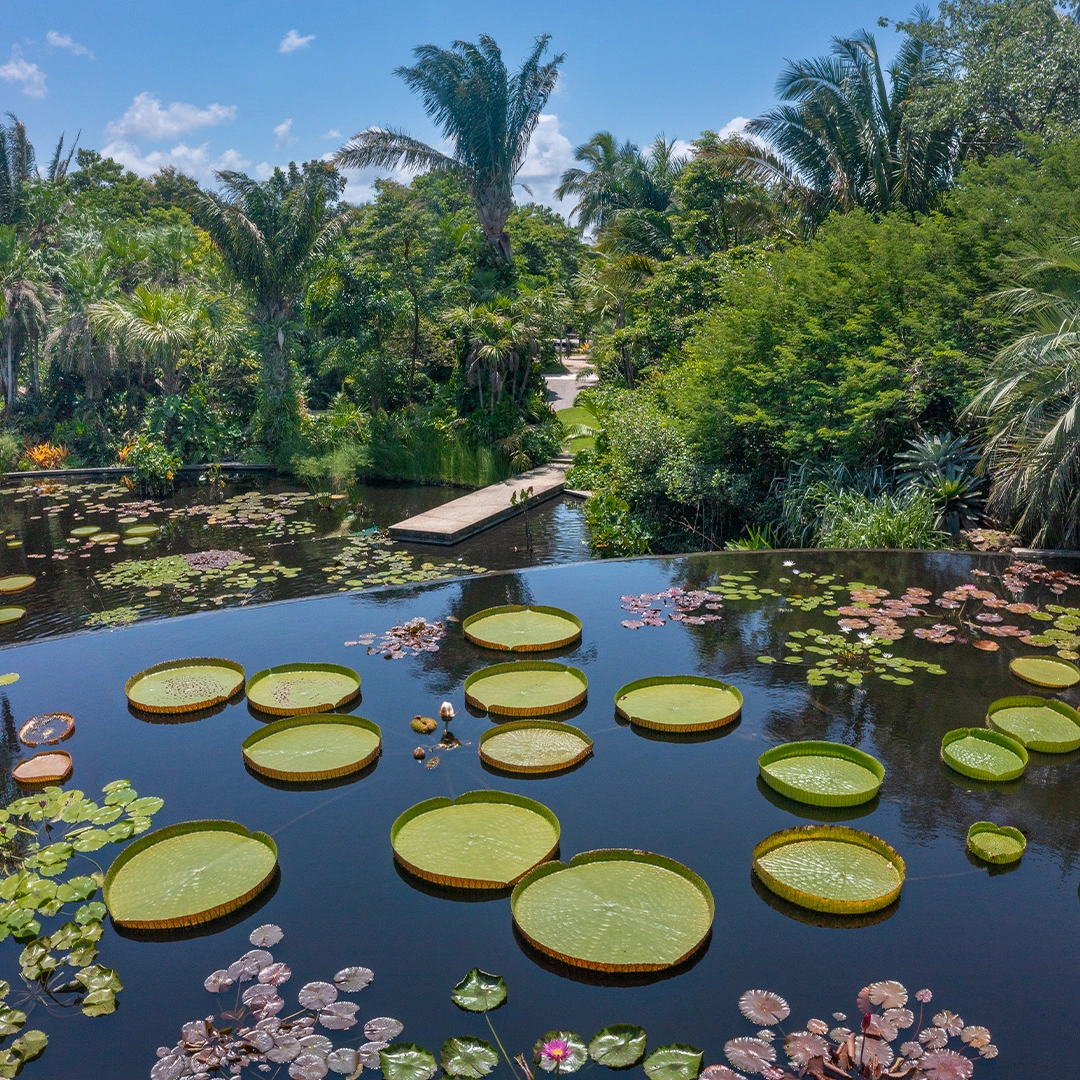by Alyssa Morlacci | October 12, 2022
The Rollins Museum of Art Rounds Out Its Collection with These New Works
Enjoy several American masterpieces at the Rollins Museum of Art, donated by the Martin Andersen-Gracia Andersen Foundation.

Art has the transportive power to take us into different existences, giving clues as to what life was like during various times throughout history. American art at the turn of the 20th century, for example, gave way to two distinct movements: Tonalism and Impressionism. Both can be characterized by playing with the effects of light and air—capturing a gust of wind that travels through tree leaves or the moment when natural light soaks a basket of fruit.
“This is the period when everybody started going outdoors and painting en plein air. It was about the delight painters took in representing that very fleeting nature of what they saw at a particular moment in time in a particular place,” says Dr. Ena Heller.
As the director of the Rollins Museum of Art in Winter Park, it’s part of Heller’s mission to create a holistic art experience that captures works from some of the most legendary artists during pivotal movements throughout art history. And while the museum has more than 6,000 works, Heller says the collection had a few gaps to fill.
“It brings certain very well-known, major figures in American art into the collection that we didn’t have.”
— Dr. Ena Heller
Over the summer, she and her colleagues asked the questions: “How do we present the best story of art, the most inclusive story of art? And where do we want to look for strategic partnerships, loans or acquisitions?”
One of the answers to their questions materialized as a gift from the Martin Andersen-Gracia Andersen Foundation, which donated six works of American art, to the museum, along with 16 others on long-term loan. “It brings certain very well-known, major figures in American art into the collection that we didn’t have,” Heller says.

Martin Andersen was the publisher of the Orlando Sentinel and his wife, Gracia Andersen, was a philanthropist and knowledgeable American art collector. While her collection doesn’t focus on a particular artist or movement, Heller says there is a common thread that ties all of the works together. “If you look at the Andersen collection as a whole, it has two pockets: one is at the turn of the 19th century and then another one at the turn of the 20th century.”
Perhaps the pieces Heller is most excited to introduce to the Rollins Museum of Art collection are the two portraits by James Peale from the early 1800s and one portrait by William Williams from the late 1700s. “Those three portraits together really fill a previous weakness in the collection because we didn’t have that much late 18th, early 19th century art,” Heller says.
From the turn of the 20th century, an 1871 still life oil painting from William Merritt Chase titled Autumn Fruit depicts fruit centered around a watermelon, accessorized by bunches of grapes. “The textures are just so exquisitely rendered,” Heller says. “The grapes are bathed in light, so you have these optical effects that are reflections on the surface of every little grape.”
An Elihu Vedder painting from 1887 titled Love Ever Present shows Cupid standing on a pedestal with two opposing faces that are meant to symbolize the sensual and spiritual manifestations of love.

A final piece by Thomas Moran is a landscape titled Tula, Mexico and was completed in 1907 showing trees in the foreground that lead the eye toward ancient ruins. As Heller notes, it’s “a clear exploration of painting en plein air.”
Visitors will have the opportunity to view these six works during the What’s New? Recent Acquisitions from the Martin Andersen-Gracia Andersen Foundation exhibition this fall from Sept. 17 to Dec. 31.
In the coming years, Heller is looking forward to displaying these works and more of the Rollins Museum’s collection in a much larger space when the museum relocates. “We show a ridiculous 1.5 percent of [the museum’s collection] here because the space is so small,” she says. “So the new museum is going to give us a chance to show more of them, which is really exciting.”
Construction is set to begin in 2023, and the new building should open by 2025. No matter where the Rollins Museum’s art is displayed, visitors will feel like they’ve been transported to a different time and place because of the careful curation that goes into the selection of every piece. rollins.edu/rma





